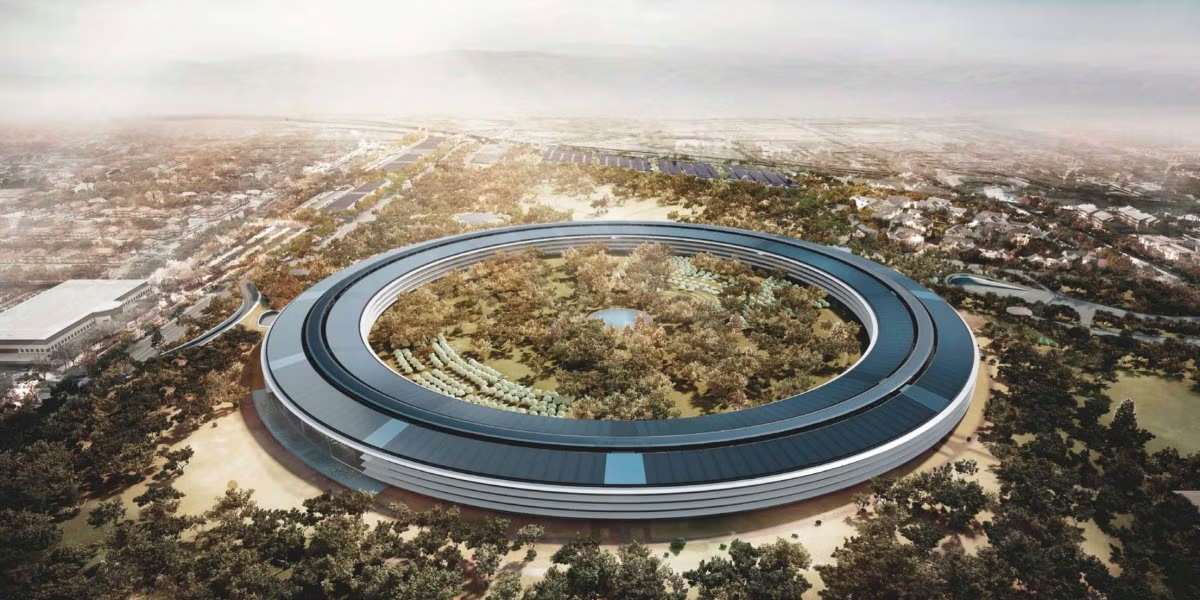Introduction
In today’s fast-paced world, where urbanization and digital technology dominate our lives, the need to reconnect with nature has never been more pressing. Biophilic design, a concept rooted in the idea that humans have an innate connection to nature, is transforming interior spaces in innovative ways. By incorporating biophilic elements into interior design, spaces become more than just aesthetically pleasing—they foster well-being, creativity, and productivity. In this article, we will explore the principles of biophilic integrative concepts in interior design, with real-world examples and insights to help you incorporate nature into your own spaces.
What is Biophilic Design?
Biophilic design integrates natural elements—such as plants, light, water, and natural materials—into interior environments. It taps into our biological need to connect with nature, which has been shown to reduce stress, enhance focus, and improve mood. Rather than simply adding a few plants, biophilic design aims to create immersive environments that bring the outside world in. It’s a holistic approach that incorporates natural systems, materials, and patterns in a seamless way.
Key Elements of Biophilic Design in Interior Spaces
1. Natural Light
Natural light is a cornerstone of biophilic design. Exposure to daylight boosts mood, regulates circadian rhythms, and enhances productivity. Modern design solutions aim to maximize natural light in both residential and commercial spaces through strategically placed windows, skylights, and light wells.

The Apple Park campus in Cupertino, California, features expansive windows that allow ample daylight into the workspace, creating a natural, open atmosphere. The building is designed to reduce reliance on artificial lighting, which is a fundamental biophilic principle.
2. Indoor Plants and Greenery
Plants are the most direct way to introduce nature into interiors. Whether used as small decor items or as large, integrated green walls, plants improve air quality and add a soothing, organic touch to spaces.

The Greenhouse Office in Singapore by WOHA Architects is a prime example of using indoor plants in an urban environment. The office building features plant-covered facades, and interior spaces are lined with lush greenery, making it a true biophilic design masterpiece.
3. Natural Materials
Incorporating materials like wood, stone, and bamboo into interiors helps create a tactile connection to the earth. These materials bring warmth and authenticity to spaces, adding both beauty and sustainability.

The Natura Vista Building in Brazil, designed by architect Daniel Lutz, uses natural materials such as wood and stone to create a strong connection between the interior and the natural environment outside. The design not only highlights the beauty of these materials but also their ability to help regulate temperature and air quality.
4. Water Features
The sound and presence of water have long been associated with relaxation and tranquility. Incorporating water features, like fountains or small indoor ponds, can help create a calming atmosphere and improve acoustics in noisy environments.

The Eden Project in Cornwall, UK, features water as an integral design element within its biomes. The use of water enhances the atmosphere and mimics natural environments, reinforcing the biophilic concept in its architecture.
5. Connection to Outdoor Views
A connection to outdoor spaces is essential in biophilic design. Maximizing views of nature not only provides visual appeal but also helps maintain a connection to the natural world, whether through garden views, balconies, or panoramic windows.

The Vancouver Convention Centre West in Canada is renowned for its living roof that promotes environmental sustainability and offers sweeping views of the surrounding waterfront and mountains.
Benefits of Biophilic Interior Design
1. Enhanced Well-being and Mental Health
Numerous studies have demonstrated the positive effects of biophilic design on mental health. Incorporating nature into interior spaces can reduce stress, improve mood, and increase overall well-being.
2. Increased Productivity and Creativity
Biophilic design has been linked to increased productivity and creativity in workplace environments. Natural elements help individuals feel more at ease, which in turn boosts performance and encourages innovative thinking.
3. Sustainability and Environmental Benefits
Many biophilic design practices also focus on sustainability. By using natural, renewable materials and incorporating energy-efficient elements, biophilic interiors can help reduce a building’s environmental footprint.
Conclusion: How to Integrate Biophilic Concepts into Your Interior Design
Whether you’re designing a home or a commercial space, there are many ways to integrate biophilic elements. Start with a commitment to natural light, incorporate plants and natural materials, and create connections to the outdoors. The beauty of biophilic design is its ability to improve the quality of life by fostering a deeper connection with nature. So, whether you’re redesigning your home or updating your office, incorporating biophilic elements will bring the benefits of nature into your everyday space.




You must be logged in to post a comment.